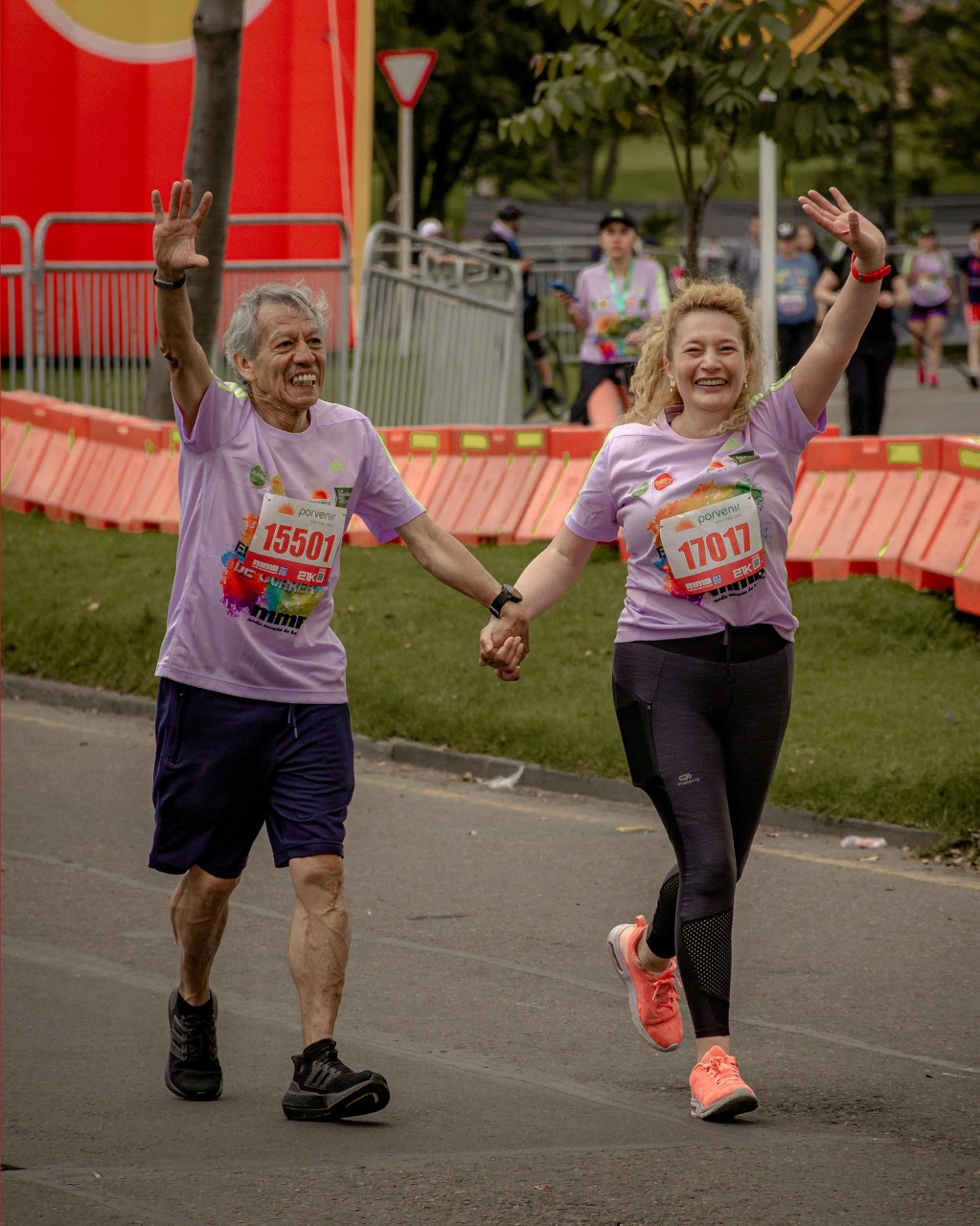How resistance training prevents osteoporosis
Engaging in resistance training may contribute to the prevention of osteoporosis by promoting increased bone density. This form of exercise imposes stress on the bones, prompting the body to generate denser bone tissue.
While research hasn't definitively established a substantial increase in bone density through resistance training, a 2020 review suggests its probable efficacy in osteoporosis prevention, albeit with varying evidence across different body regions.
Despite potential variations in bone density outcomes, resistance training offers a spectrum of advantages beyond potential bone strengthening. It plays a role in muscle fortification and, when combined with other exercises, may help diminish the risk of falls.
Explore further to understand the effectiveness of resistance training in averting bone loss, its potential in reversing osteoporosis, and recommended frequency for incorporating this exercise into one's routine.
How does resistance training prevent bone loss?
Instances of resistance training encompass:
- Lifting weights
- Utilizing resistance bands
- Performing exercises like pushups and situps
Scientists propose that in response to this stress, cells responsible for bone-building initiate the creation of denser bone tissue. Consequently, bones accrue higher concentrations of minerals essential for their strength, such as calcium and phosphorous.
For resistance training to effectively contribute to denser bone formation, the force bones resist must surpass the typical everyday force encountered by an individual. This heightened demand prompts the body to generate bone tissue, gearing up to meet elevated physical requirements.
How well does resistance training work?
There is evidence suggesting that resistance training may contribute to the prevention of osteoporosis, although its exact effectiveness remains unclear.
A systematic review conducted in 2020 examined 59 studies involving individuals aged 65 and above. The results indicated that exercise regimens emphasizing higher doses of resistance training or incorporating multiple types of exercise yielded more favorable outcomes. The evidence was stronger for the improvement of bone density in the lower spine compared to other areas, such as the hips.
On the other hand, a 2022 study found that progressive resistance training had the potential to increase bone density not only in the hips but also in the femur bone of the legs. This study focused on adults over the age of 65.
However, a 2022 review and meta-analysis examining resistance training in healthy older adults did not identify compelling evidence supporting its effectiveness in increasing bone density. Nevertheless, it may play a role in preventing substantial bone loss.
In summary, additional high-quality research is needed to comprehensively understand the impact of resistance training on bone density and the risk of osteoporosis.
When should people start resistance training?
Commencing resistance training is feasible at any age, but for optimal bone health, initiating it earlier is advantageous.
A 2018 study involving 295 children aged 8–10 years revealed that regular physical exercise enhanced bone mineralization and muscle strength. In this study, one group engaged in ball games for 40 minutes, three times weekly, while another group performed circuit training, a form of resistance exercise, with the same frequency. Over a span of 10 months, both groups exhibited positive outcomes compared to the control group.
The Centers for Disease Control and Prevention (CDC) recommend that children aged 6 to 17 years engage in 60 minutes or more of moderate to vigorous exercise daily, with muscle and bone-strengthening exercises included at least 3 days per week.
How often should you do resistance training?
For adults, recommendations advise engaging in a minimum of 30 minutes per day or 150 minutes per week of physical activity. Additionally, it is recommended to incorporate strengthening exercises at least twice a week. The American Academy of Orthopedic Surgeons (AAOS) suggests a general rule wherein individuals should target each major muscle group for exercise at least twice weekly, with appropriate rest periods between workouts.
What else helps prevent osteoporosis?
- Walking
- Hiking
- Running
- Dancing
- Climbing stairs
- Yoga
Alongside physical activity, individuals can safeguard their bone health by:
- Ensuring an adequate intake of calcium
- Maintaining sufficient levels of vitamin D
- Limiting alcohol consumption
- Quitting smoking, if applicable
- Checking medications for potential impacts on bone density
- Addressing underlying conditions that may affect bone health
If someone suspects that their medication or a chronic condition could be impacting their bones, it is crucial to consult with a doctor before making any changes to their medication regimen. Stopping medication without professional guidance can have adverse effects.
Summary
Studies indicate that progressive resistance training, when combined with other exercise modalities, may enhance bone density, serving as a preventive measure against osteoporosis.
The mechanism behind resistance training involves subjecting the bones to stress. With increased stress, the body adapts by fortifying the bones, thereby promoting strength.
Initiating resistance training is feasible at any age. The CDC advises adults to incorporate such exercises twice a week.
By accepting you will be accessing a service provided by a third-party external to https://www.fenzidogsportsacademy.com/
